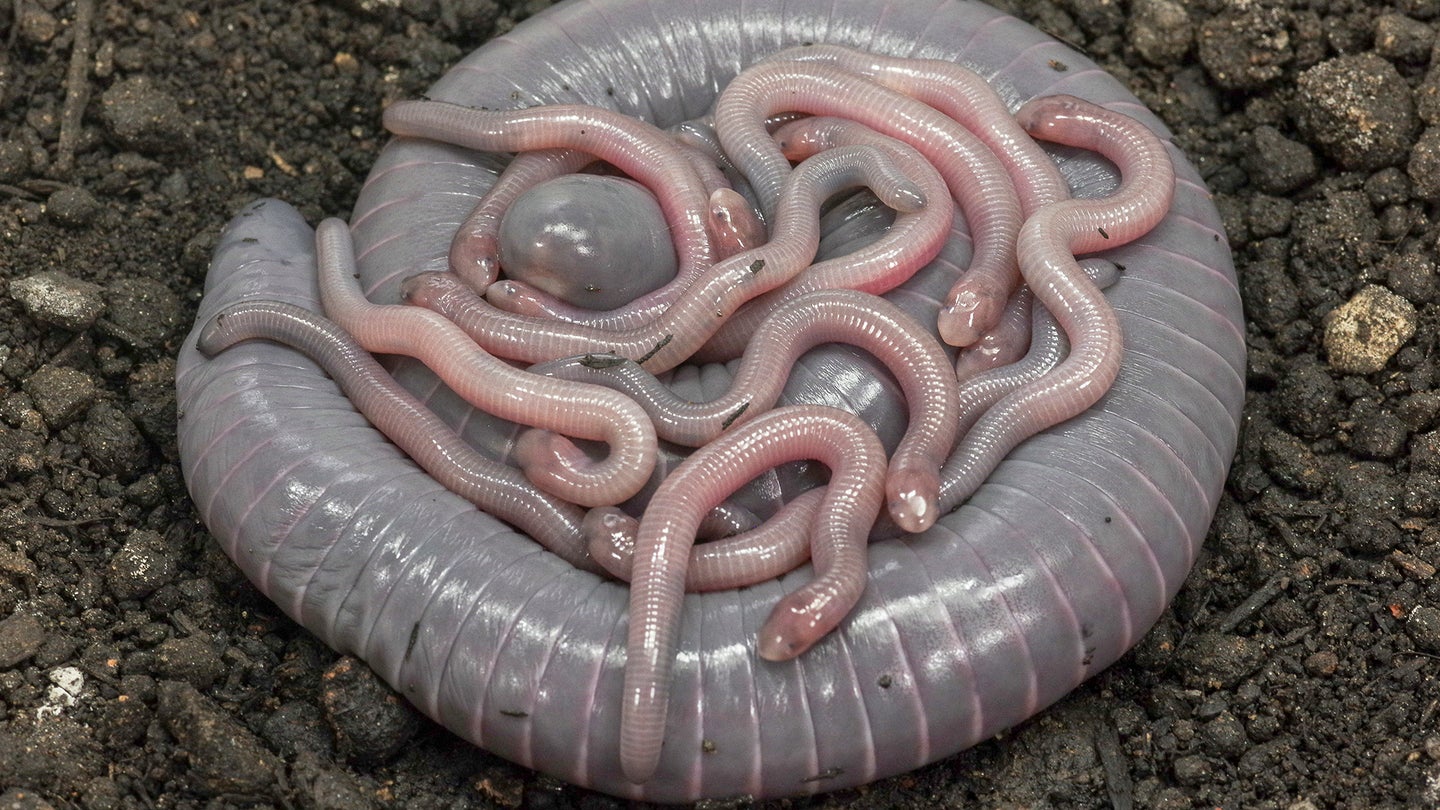Story by Madeleine Cummings • CBC

The city's latest proposal, touted as its "best and final offer," included a 7.25-per cent wage increase from 2021 through 2025, as well as items such as a commitment to hybrid work.
Several thousand City of Edmonton workers have voted overwhelmingly against their employer's latest proposed contract, leaving the door open for Civic Service Union (CSU) 52 members to go on strike as early as next week.
Last month, the city applied to the Alberta Labour Relations Board for an employer proposal vote, allowing workers to vote directly on what the city called its "best and final" offer. Voting took place Monday through Thursday. The union made the results public Friday afternoon.
Most eligible members — 87.6 per cent — voted against the city's proposal, CSU 52 president Lanny Chudyk said in a statement. The union said 87.5 per cent of eligible members voted.
"[The offer] was insufficient," Chudyk later told CBC News.
"The city made it very plain to senior leadership in this union — myself particularly — that they felt we were out of touch with our membership. They knew what our membership wanted and they would take that deal."
Chudyk said he told the city he would be available all weekend to discuss the situation. But if he doesn't hear from the City of Edmonton within the next 48 hours, he'll probably issue a strike notice Monday morning.
"I'm not prepared to wait forever. My membership is pushing me very hard to issue strike notice," he said.
The City of Edmonton is carefully considering its next steps, acting chief people officer Cindil Taylor said in a separate statement Friday.
"We're disappointed with the outcome of the employer proposal vote," Taylor said. "We put forward an offer that is compelling even in light of our current financial realities.
"Our primary outcome remains to reach a balanced agreement for CSU 52 members, the city and for taxpayers."
CSU represents about 5,000 people who work throughout the City of Edmonton and various municipal agencies, such as the Edmonton Police Service. The union represents some Edmonton Public Library staff, too, but they are represented in a separate collective agreement.
The employees affected by the ongoing negotiations have not had a wage increase since 2018 and have worked without a contract since December 2020, when the previous agreement expired.
The city's latest proposal, touted as its "best and final offer," included a 7.25-per cent wage increase from 2021 through 2025, as well as items such as a commitment to hybrid work.
The offer included no wage increase for 2021, Chudyk said Friday. Union members were steadfast that they would not accept any zeros, in part because other civil employees were getting raises.
The union has presented the city with its own "fair and reasonable proposal," he said, but that it's up to the city now to avoid a strike.
Both parties have previously said they want to avoid a work stoppage, and echoed those sentiments again Friday.
More than 90 per cent of CSU members — those at the heart of current bargaining, as well as library staff — voted in favour of a strike mandate last month.
"The employer is well aware of what is required to conclude these negotiations positively and avoid a strike," Chudyk said.
The union's next steps will be guided by the city's "willingness to revisit their stance," he said.
Employers require 72 hours' notice of a strike, so if the CSU issues a strike notice Monday morning, job action would start Thursday.
As of Friday afternoon, a strike appeared imminent, Chudyk said. But that could change if the city were to come up with an offer "we could reasonably discuss and take back to our membership."








